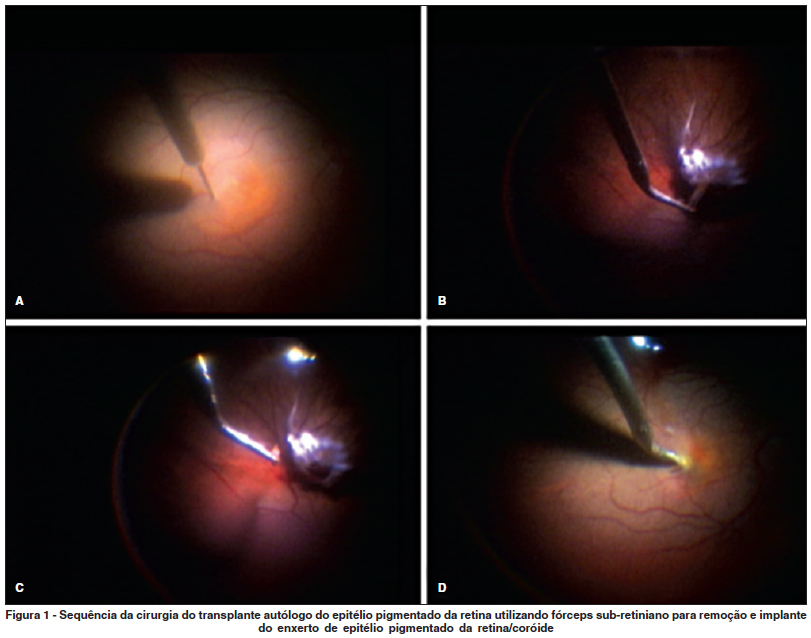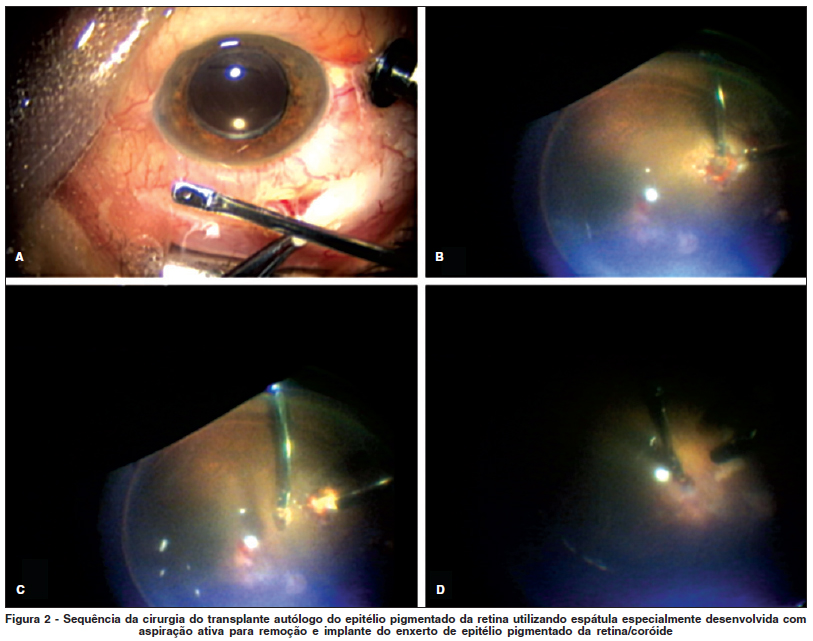Retinal pigment epithelial dysfunction is believed to be the main cause of many debilitating retinal diseases of which age-related macular degeneration is the most common. In this disease, the retinal pigment epithelial dysfunction leads to photoreceptors damage causing severe vision loss. The retinal pigment epithelium and Bruch's membrane suffer cumulative damage over lifetime, which is thought to induce age-related macular degeneration in susceptible individuals. In the past 20 years, a huge amount of research has been conducted in the area of transplantation of RPE. This technique aims to restore the subretinal anatomy and reestablish the critical interaction between the retinal pigment epithelium and the photoreceptor, which is fundamental to sight. Retinal pigment epithelial transplantation has been performed with two different techniques: retinal pigment epithelial suspension and autologous full-thickness retinal pigment epithelial-choroid transplantation in some cases of the age-related macular degeneration (AMD). Despite the feasibility of this technique, search for a cell source to replace autologous retinal pigment epithelium such as embryonic stem cells, marrow-derived stem cells and umbilical cord-derived cells continues. The combination of cell transplantation with other modalities of treatment such as gene transfer remains an exciting future prospect.
Pigment epithelium of eye; Choroid; Macular degeneration; Transplantation, autologous; Blindness


